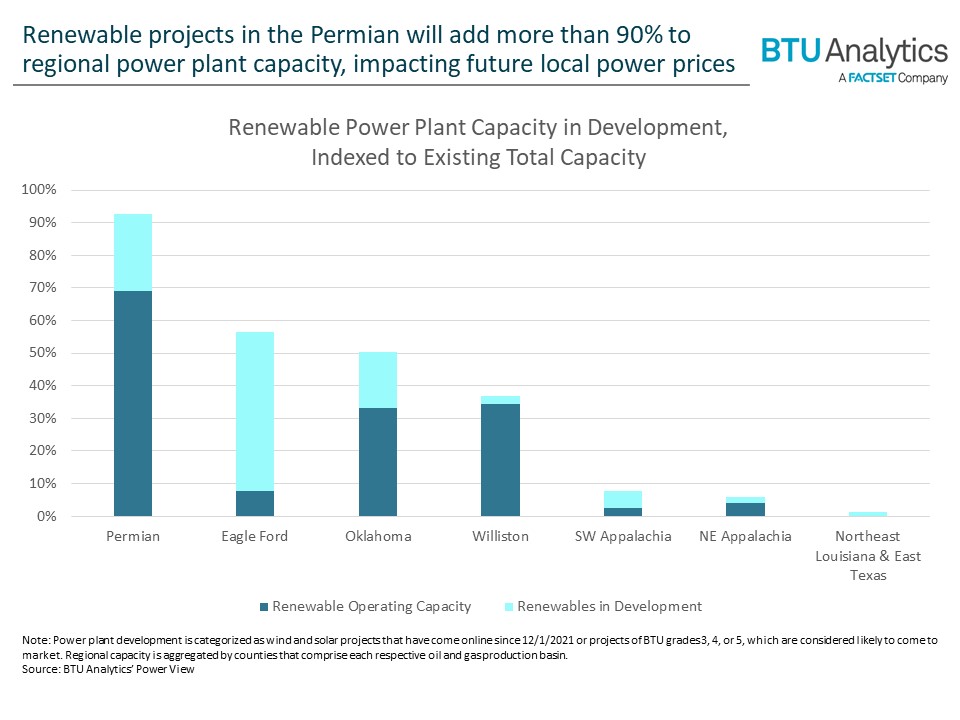As a response to climate change, negative emission technologies (NETs) may become a crucial part of carbon neutrality. Previously covered by BTU, Carbon Capture and Sequestration (CCS) is one NET that captures CO₂ at the source, before it is emitted into the atmosphere. However, CCS cannot be used for all sources of emissions. The decarbonization of some major emissions sources, such as jet airlines, may require carbon to be removed after it has entered the atmosphere.
Direct Air Capture (DAC) is designed to do exactly this. Unlike CCS, DAC can be implemented anywhere; it does not require application directly within a power plant or industrial facility. However, DAC technology is far more energy intensive; its widespread deployment will depend on regional siting that allows access to inexpensive power sources. In today’s Energy Market Insight, we will explore the possible implementation of DAC in the US, assessing regional energy dynamics that may impact the technology’s viability.
Although a relatively new technology, development of DAC facilities is already underway. The world’s largest DAC project is currently being developed by Occidental Petroleum under its subsidiaries 1PointFive and Oxy Low Carbon Ventures. The plant is expected to begin Phase I operations at half capacity in 2024, eventually capturing up to 1 Mt/a. At full capacity, it will be a size 250 times greater than the largest operating facility in Iceland. The project will be sited in the Permian Basin of West Texas where CO₂ will be sold for Enhanced Oil Recovery (EOR).
Technology for the Occidental plant is being provided by Carbon Engineering, which has published research on the energy intensity of its process. The process requires thermal energy from natural gas as well as electricity purchased from the grid or provided by an on-site power plant. In either case, energy is expected to make up a large portion of operating costs.
Using assumptions from Carbon Engineering’s disclosures and median 2020-2021 energy prices from BTU’s data, BTU calculated estimated marginal energy costs for both 100% gas-fired facilities and mixed-energy facilities in various oil and gas producing regions. Regions were selected for comparison based on the availability of low-cost energy and the potential for possible geologic sequestration. Note, initial capital costs are not considered in this analysis, but will play a significant role in overall project economics.

While the economics of these early applications of DAC will depend on dozens of assumptions and rapidly emerging technologies, future energy prices will play a key role in any successful project. The development of renewables continues to reshape power pricing, but the magnitude of the impact varies by region.

Although renewable development is occurring in all these regions, the Permian could see the greatest effect on local power prices. Approximately 9 GW of renewable energy sources is currently being developed in the Permian. In Eagle Ford and Oklahoma, power prices may prove to be favorable as well with a substantial development of renewables underway. However, regions like Appalachia could see a slower decline in power prices with little support from renewables.
If DAC technology becomes widespread, it could represent a significant source of new demand for energy. A fleet capable of offsetting the emissions of the US airline industry would likely require more than 100 facilities the size of the Occidental plant, which together would consume over 1.4 Bcf/d and as much as 4.2 GW of grid power.
To further explore BTU’s power data, request a demonstration of the BTU Power View platform. Discussion of regional gas dynamics can be found in BTU’s Upstream Outlook and Gas Basis Outlook.








